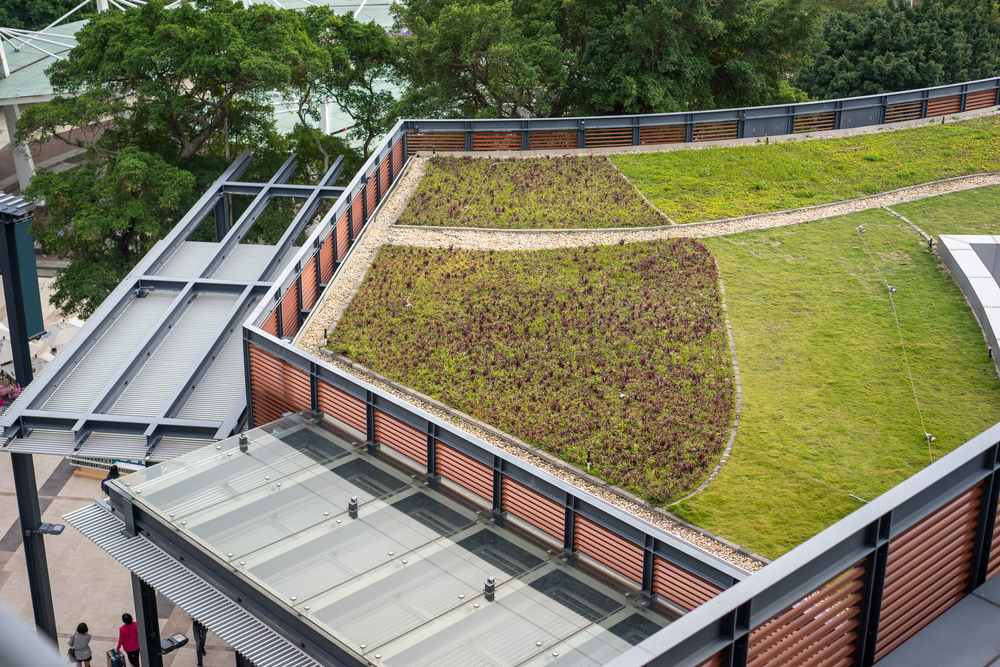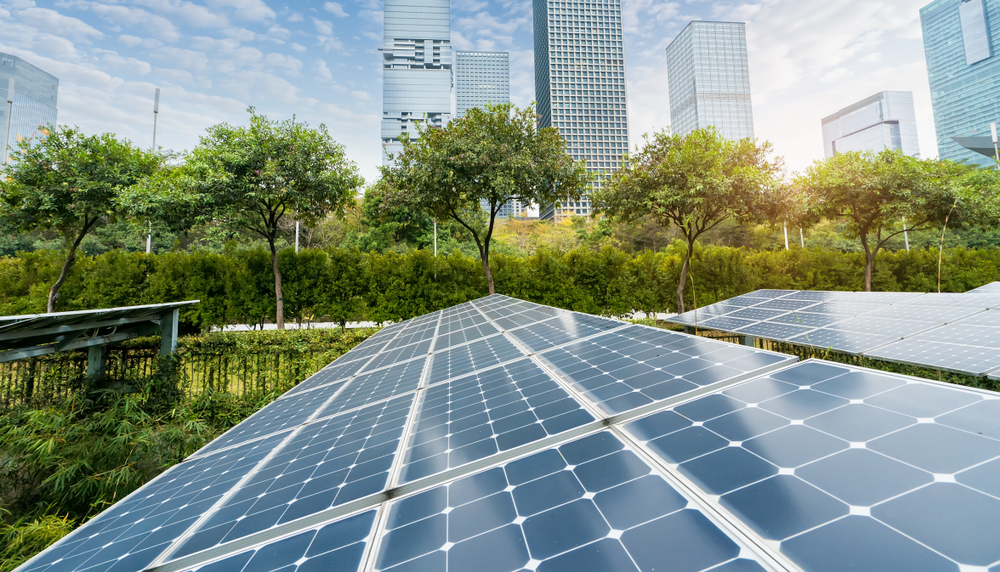Here’s How to Increase Energy Conservation in Buildings
Some homeowners also own rental property, which could be zoned commercial or residential. As building owners or ‘landlords,’ keeping costs down can help increase the profit margin of the property. While some building owners might need to increase rent to deal with rising costs, managing energy use and being mindful of these costs could help owners decrease their expenses related to their properties.
Energy conservation measures can help owners lower their utility bills to help decrease monthly operating costs. Here’s how to increase energy conservation in buildings to save money while also helping the environment:
- Upgrade insulation
- Grow a green roof
- Switch to LED lighting
- Install solar panels
- Opt for motion sensor faucets
- Automate the HVAC
The Difference between Energy Conservation and Energy Efficiency
Some homeowners might use the terms ‘energy conservation’ and ‘energy efficiency’ interchangeably, but these terms are not the same. Energy-efficient products and appliances require less energy for the same performance; energy-efficient appliances could be another way that building owners conserve energy.
‘Energy conservation’ refers to mindfully using less energy. When a building owner decides to embrace energy conservation, they will take steps and make changes to decrease their building’s energy use. Again, energy-efficient products could be part of an energy conservation plan.
How to Conserve Energy
Energy conservation doesn’t necessarily require a financial investment. Some conservation habits are free. For example, homeowners can get in the habit of turning off lights when they leave a room. They also might take a shorter shower or just nudge their HVAC’s thermostat to ensure that the system doesn’t turn on as often.
Building owners, though, can’t police the daily habits of everyone in the building. This is especially true for those who own commercial property. Some tenants might leave lights on unnecessarily or have other bad habits that waste energy.
These bad habits can drive up costs for building owners. There are solutions for building owners to conserve energy and keep costs in check.
Upgrade Insulation
A poorly insulated building will put more pressure on the HVAC system to heat and cool the space. Since heating and cooling can dominate a building’s energy costs, upgrading the insulation could be a valuable investment.
Building owners should understand their area’s climate to choose the insulation with the best R-Value for their needs. Different areas of a structure need insulation with higher or lower R-Values; in addition, the location of the building also impacts the recommended values.

Grow a Green Roof
A green roof can help make the air conditioner more efficient. A green roof includes plants and other greenery that absorb the heat from the sun naturally. The plants allow the building to stay cooler, and this type of roof can help take some pressure off of the HVAC. Green roofs also help remove carbon dioxide from the environment.
Green roofs aren’t the only way to keep the building cooler, though. Roofing materials also can be ‘cool;’ some shingles include special coatings that allow them to keep the roof cooler.
Switch to LED Lighting
LED lighting emits less heat and uses less energy than incandescent bulbs. LED lighting also has a longer lifespan, which means that owners will need to replace these bulbs less frequently. Many of these bulbs won’t need to be swapped out for four to six years!

Install Solar Panels
Solar panels can be an expensive investment. According to Alternative Energy, installing commercial solar panels can cost from $50,211 to $502,113, although the average cost is $251,162.
Installing solar panels lets building owners power their properties via the sun. These panels could help owners decrease their monthly utility costs each month. Solar panels also can help reduce an individual’s carbon footprint.
Opt for Motion Sensor Faucets
Those who own commercial buildings need to pay monthly water costs. The bad habits of tenants could send this utility cost soaring. Owners could install motion sensor faucets to ensure that the water turns off when the faucet isn’t in use.
For individuals with a proclivity towards leaving the water running, these faucets could help conserve water and save money, too. Building owners also could install motion sensor hand dryers and/or paper towel dispensers.
Water is a precious resource. Conserving water isn’t just about saving money; choosing a motion-sensor faucet also allows the building owner to mindfully manage unnecessary water waste.

Automate the HVAC
To conserve energy in their buildings and lower energy use (and cost), owners could choose to automate some functions of the building. For example, the HVAC system could be programmed to a specific temperature; automating the HVAC could enable owners to choose a different temperature or even turn off the heating and cooling for the building when tenants leave (after work hours, for example).
Building owners might try to control the energy waste related to their properties, and they could choose to make changes to their buildings to help conserve energy and save money. Automating the HVAC and installing motion sensor faucets could allow owners to take control of some of their energy costs. In addition, major projects like installing a green roof or adding solar panels could make a bigger impact on energy costs.
Energy conservation could include many other changes and building improvements. However, for owners with a limited budget, making small and cost-efficient changes could be enough to keep energy costs in check.


